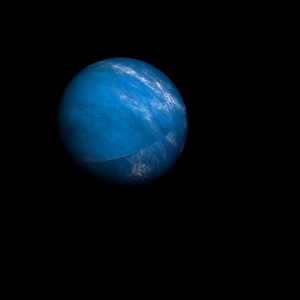|
|
Space Astro
|
Info for exoplanet "Boaba Pipiya"
| Scientific (actual) data |
|---|
| Name | Kepler-349 c |
| Planet status | Confirmed |
| Radius | 0.175 |
| Orbital period | 12.2476 |
| Semi major axis | 0.105 |
| Discovered | 2014 |
| Updated | 2021-02-05 |
| Tconj | 2454970 |
| Impact parameter | 0.15 |
| Publication | Announced on a website |
| Detection type | Primary Transit |
| Alternate names | 2MASS J19344235+4436560 c, K02022.02, KIC 8564674 c, KOI-2022 c, KOI-2022.02, WISE J193442.37+443656.2 c |
| Star name | Kepler-349 |
| Right ascension | 293.68° |
| Declination | 44.62° |
| Mag j | 13.584 |
| Mag h | 13.283 |
| Mag k | 13.176 |
| Star distance | 966.63 |
| Star metallicity | -0.091 |
| Star mass | 0.97 |
| Star radius | 0.93 |
| Star temperature | 5956 |
| Star alternate names | 2MASS J19344235+4436560, KIC 8564674, KOI-2022, WISE J193442.37+443656.2 |
| Wikipedia article | Kepler-349 c |
Back
| |
| Fictional info (?) |
|---|
| Suggested name | Boaba Pipiya |
| Planet type | Warm planet |
| problematic ride. |
| Atmosphere | Ammonium hydrosulfide (NH4SH) | 41% |
| Ammonia | 35% |
| Ozone | 12% |
| Molecular hydrogen | 10% |
| Hydrogen deuteride (HD) | 0.24% |
| Carbonyl sulfide | 0.00019% |
| Atmospheric pressure | 50 bar |
 |
| No known satellites |
| Google search for Boaba pipiya |
|
Website by Joachim Michaelis
|
|
|
|